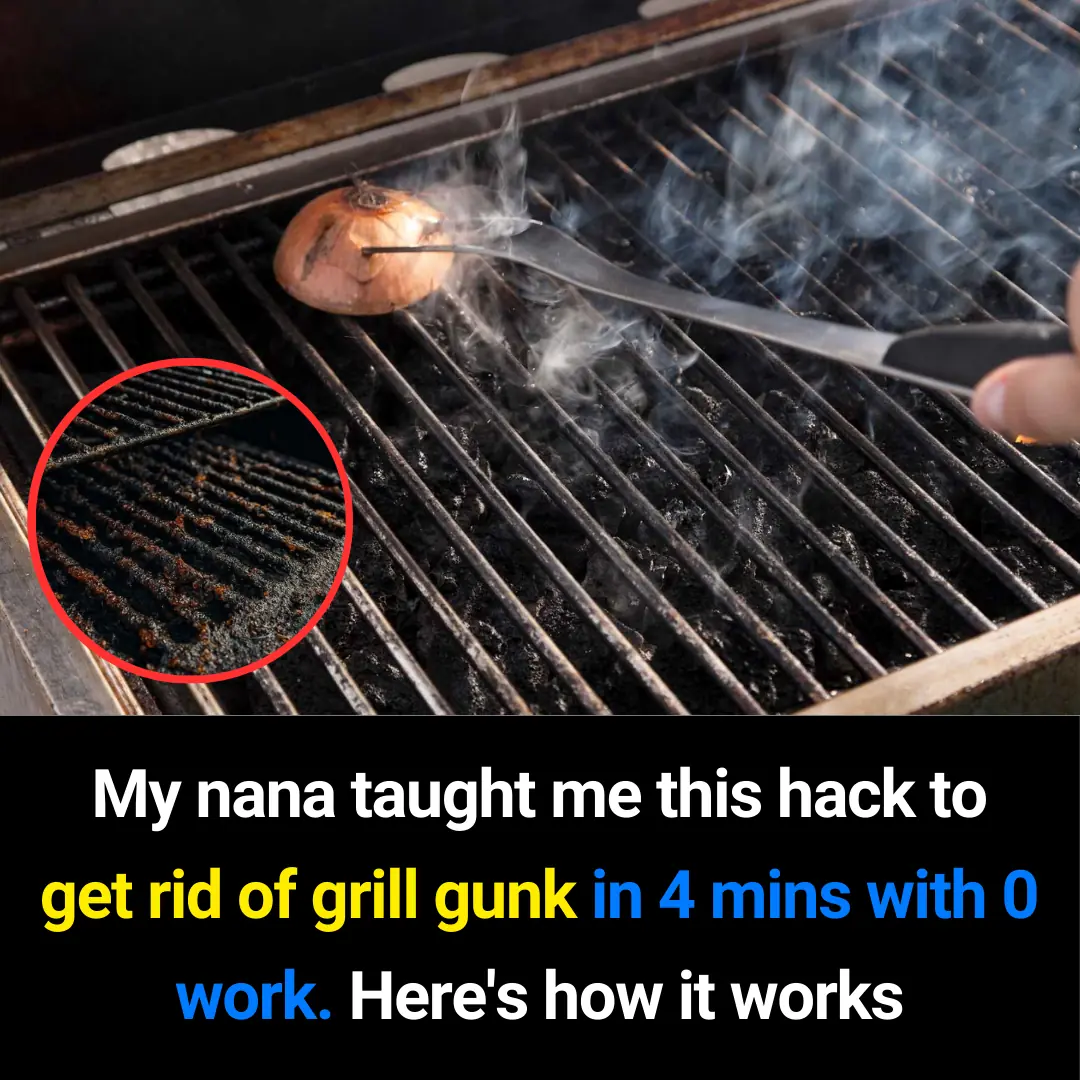
Why You Should Sprinkle Salt on Your Gas Stove — The Surprisingly Powerful Cleaning Trick Everyone’s Talking About
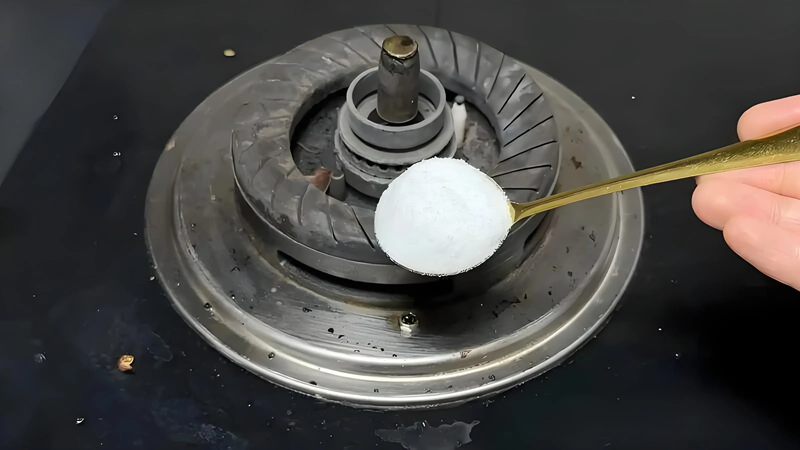
It might sound strange, but sprinkling a little salt on your gas stove can work wonders. What seems like a random kitchen myth is actually a simple, inexpensive, and chemical-free way to clean and disinfect your stovetop — leaving it sparkling like new.
For many people, scrubbing the gas stove is one of the most dreaded household chores. Even if you wipe it down daily, oil splatters, spilled soup, and boiled-over water eventually leave behind stubborn grime, rust, and discoloration. Over time, this buildup not only makes your kitchen look dirty but also damages the stove’s surface.
Fortunately, there’s a clever trick that’s been making waves on social media: just sprinkle a spoonful of salt over the stovetop. Sounds too good to be true? Let’s see why it works so well.
Step-by-Step: The Smart Way to Clean Your Gas Stove
1. Start with Baking Soda — The Natural Power Cleaner
First, grab some baking soda (also known as sodium bicarbonate) — a common ingredient in baking, but also a powerful natural cleaner. Sprinkle it evenly over the entire stovetop, especially on greasy or burnt areas. Baking soda helps loosen dirt, absorb odors, and break down oil stains.
2. Add White Vinegar for a Deep-Clean Reaction
Next, pour a bit of white vinegar directly over the baking soda. As soon as the two substances meet, they’ll fizz and bubble. This gentle chemical reaction lifts up grease, burnt food particles, and stubborn residue that’s been stuck for weeks.
Cover the surface with a damp paper towel or cloth and let it sit for 10–20 minutes (depending on how dirty your stove is). During this time, the mixture will soften and dissolve most of the grime.
3. Sprinkle Salt — The Secret Ingredient
Now comes the magic step: after removing the cloth and wiping off the loosened dirt, sprinkle a thin layer of fine salt over the stovetop.
Salt works as a natural abrasive — it helps scrub away the remaining burnt spots and rust stains without scratching the metal or enamel surface. It also has antibacterial and deodorizing properties, leaving your stove hygienically clean and odor-free.
Gently scrub the surface using an old toothbrush or a soft sponge. Avoid using metal scourers or steel wool — they can damage the surface, making it more prone to future rust and grease buildup. As you scrub, you’ll notice the salt turning a yellowish color — that’s a sign it’s absorbing grime and rust.
When you’re done, wipe the surface with a damp, wrung-out cloth until it’s clean and completely dry. The result? A stove that looks brand-new — shiny, smooth, and fresh-smelling.
Why Salt Works So Well
Salt isn’t just for seasoning food. Its coarse texture makes it an effective, non-toxic cleaning agent, capable of removing tough residue and absorbing moisture. It’s also a mild disinfectant, helping kill bacteria without the need for harsh chemicals.
When combined with baking soda and vinegar, salt boosts the scrubbing effect while neutralizing odors — giving your kitchen a natural, safe deep clean.
Bonus Tip: Fixing a Stove That Won’t Ignite Properly
Many people complain that their gas stoves become difficult to ignite after a while. Often, this isn’t a mechanical failure — it’s just dirt or grease buildup on the ignition pin or burner holes.
To fix it:
-
Use a cotton swab or tissue to gently clean the ignition tip.
-
For the burner ring, use a small toothpick or wooden skewer to unclog the tiny holes.
Once everything is clean and dry, turn on the stove again — you’ll notice the flame burns evenly blue, strong, and steady, just like when it was new.
Extra Cleaning & Maintenance Tips
-
Always clean your stove after cooking — even a quick wipe can prevent long-term buildup.
-
If possible, remove the burner covers and wash them separately with warm, soapy water once a week.
-
Once a month, deep-clean the stove using the baking soda, vinegar, and salt method to keep it rust-free.
-
Avoid using bleach or corrosive cleaners, as they can dull the surface and weaken the stove’s finish.
Final Thoughts
Sprinkling salt on your gas stove might sound like an old-fashioned trick, but it’s one that truly works. It’s cheap, eco-friendly, and incredibly effective at removing grime, eliminating odors, and restoring shine — all without using harsh chemicals.
So next time your stovetop looks dull or greasy, skip the expensive cleaners. Just reach for three simple ingredients — baking soda, vinegar, and salt — and in minutes, your kitchen will look and feel brand new.
News in the same category


The Under-Bed Test: A Quick Trick to Ensure Your Hotel Room Is Safe and Clean
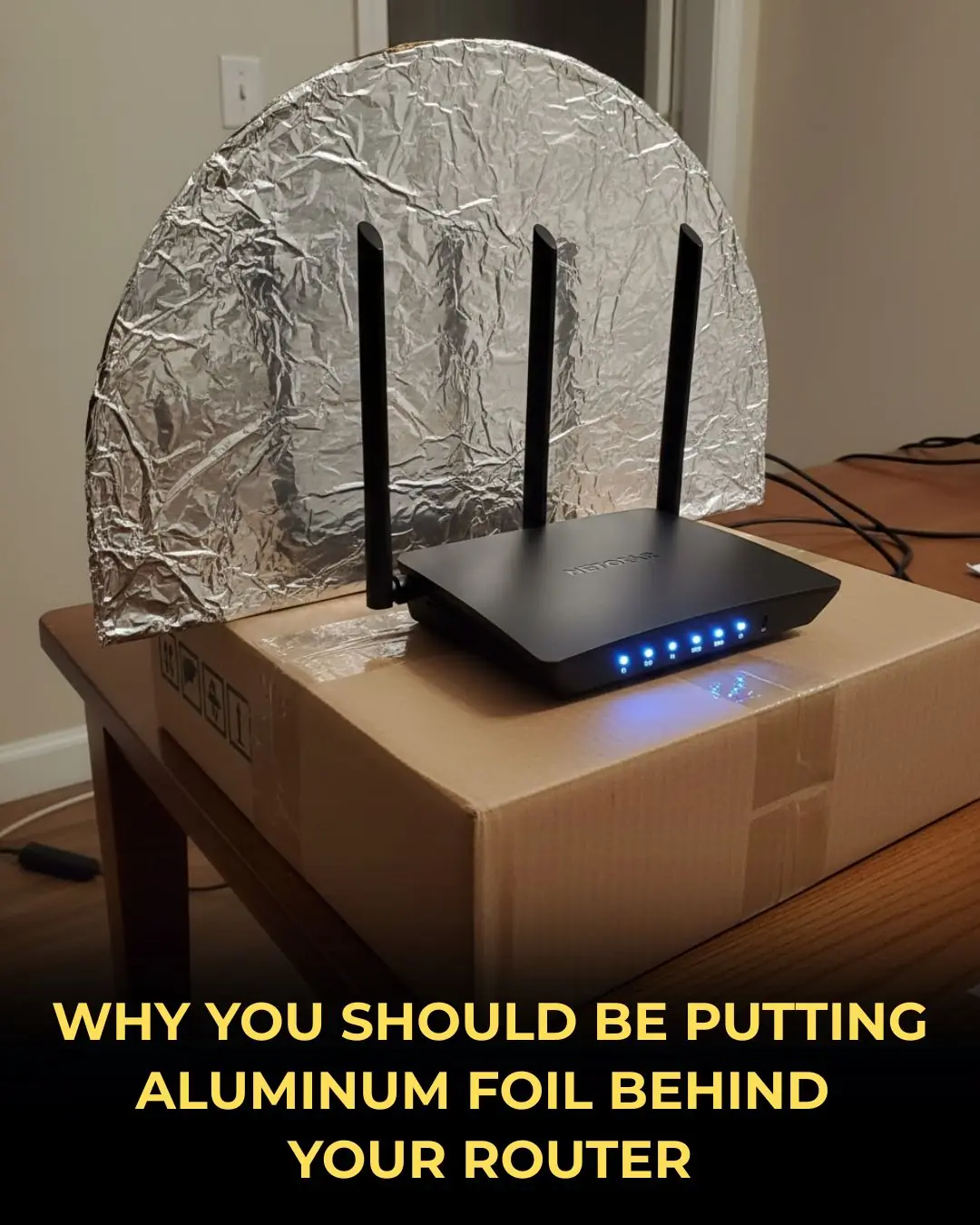
Boost Your Wi-Fi Speed with This Simple Aluminum Foil Trick

If your beef turns out tough, don’t marinate it with salt. Use this ingredient instead to make it tender and richly flavored

Secret to quickly tenderizing beef, making any dish delicious
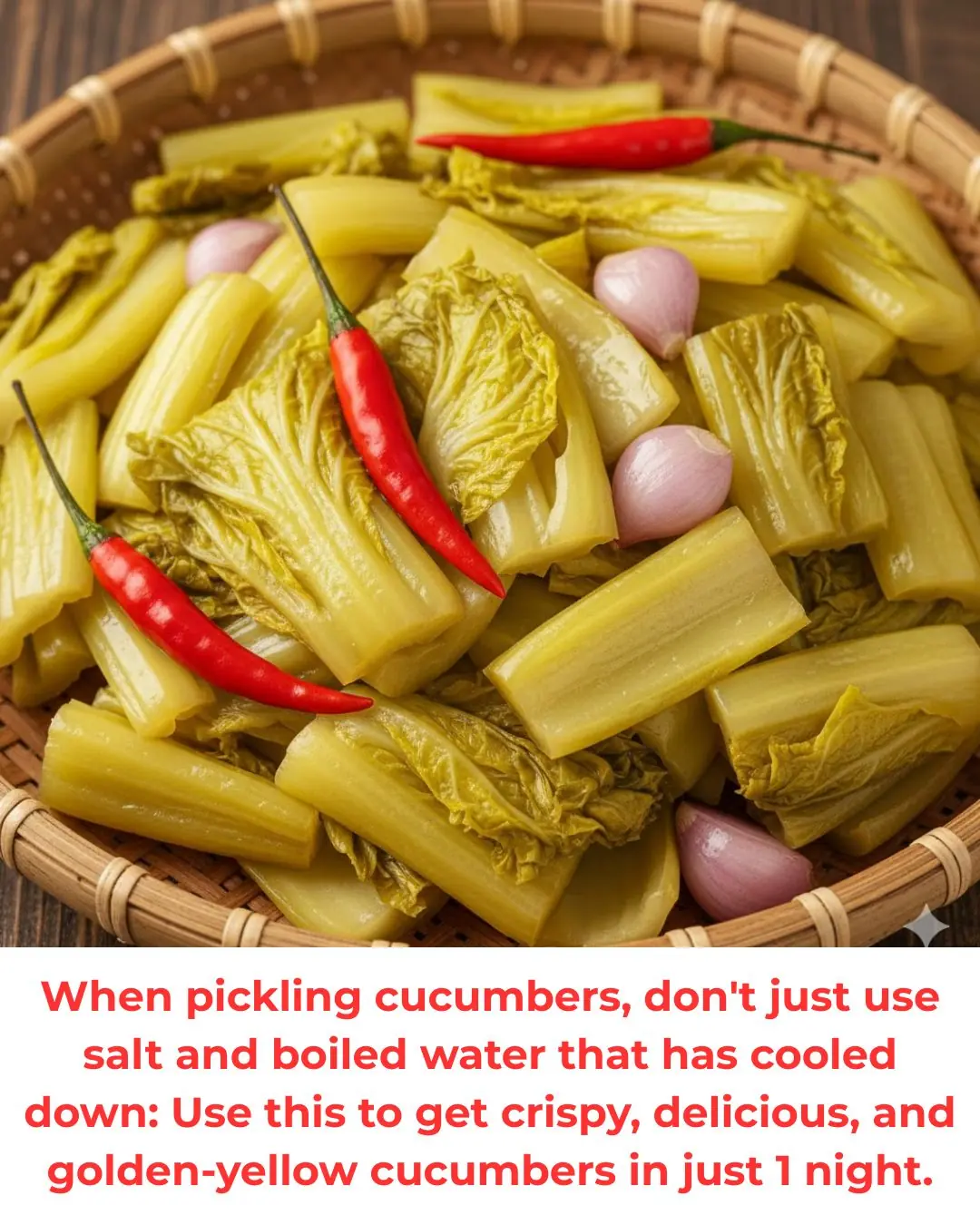
When pickling cucumbers, don't just use salt and boiled water that has cooled down: Use this to get crispy, delicious, and golden-yellow cucumbers in just 1 night.

A great way to defrost meat, just 3 minutes and all the ice will melt, the meat will be fresh and delicious like new.
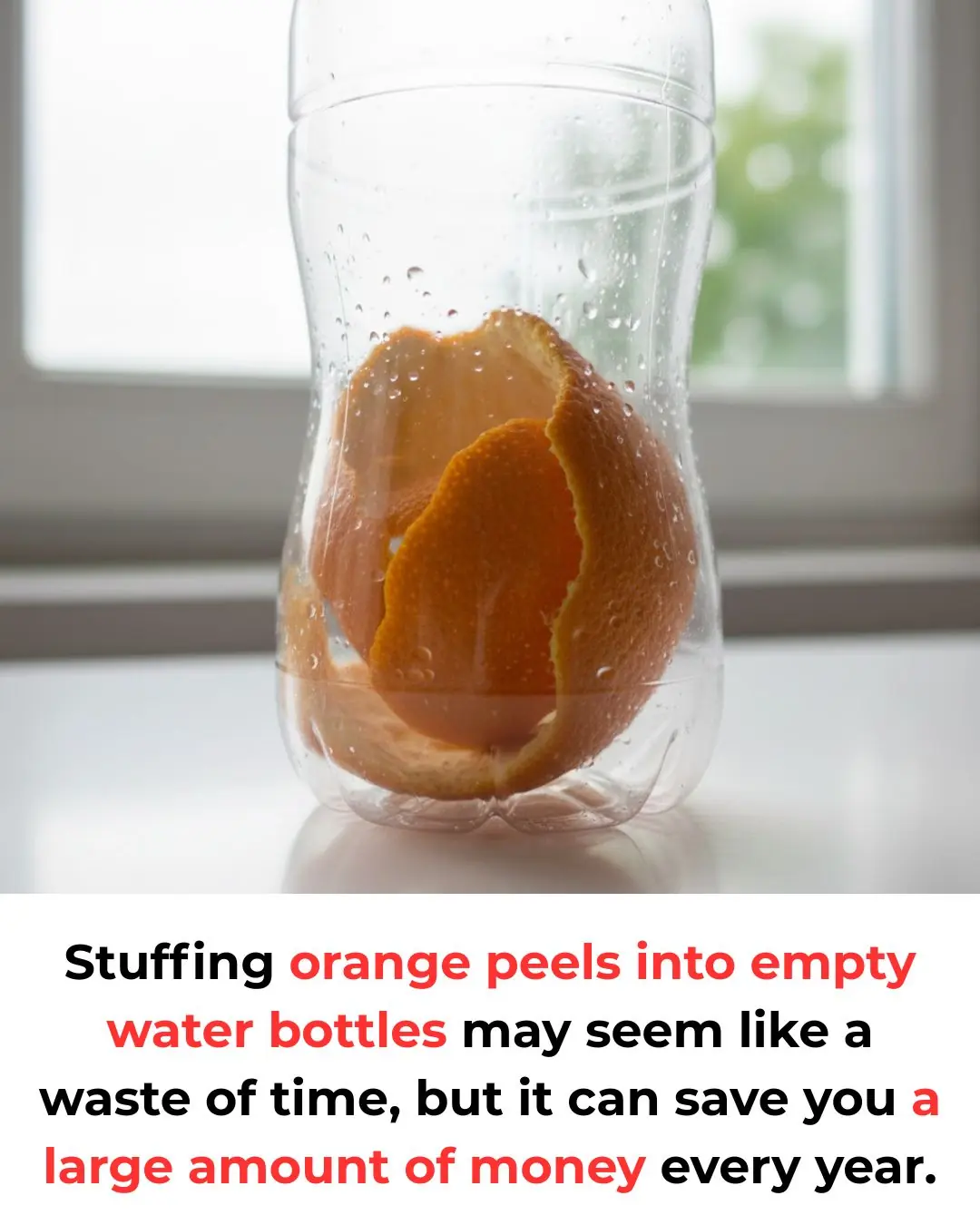
Stuffing orange peels into empty water bottles may seem like a waste of time, but it can save you a large amount of money every year.

When boiling duck, don't add ginger and cold water: Add this and the meat will lose all its stench, and you won't get tired of eating it.
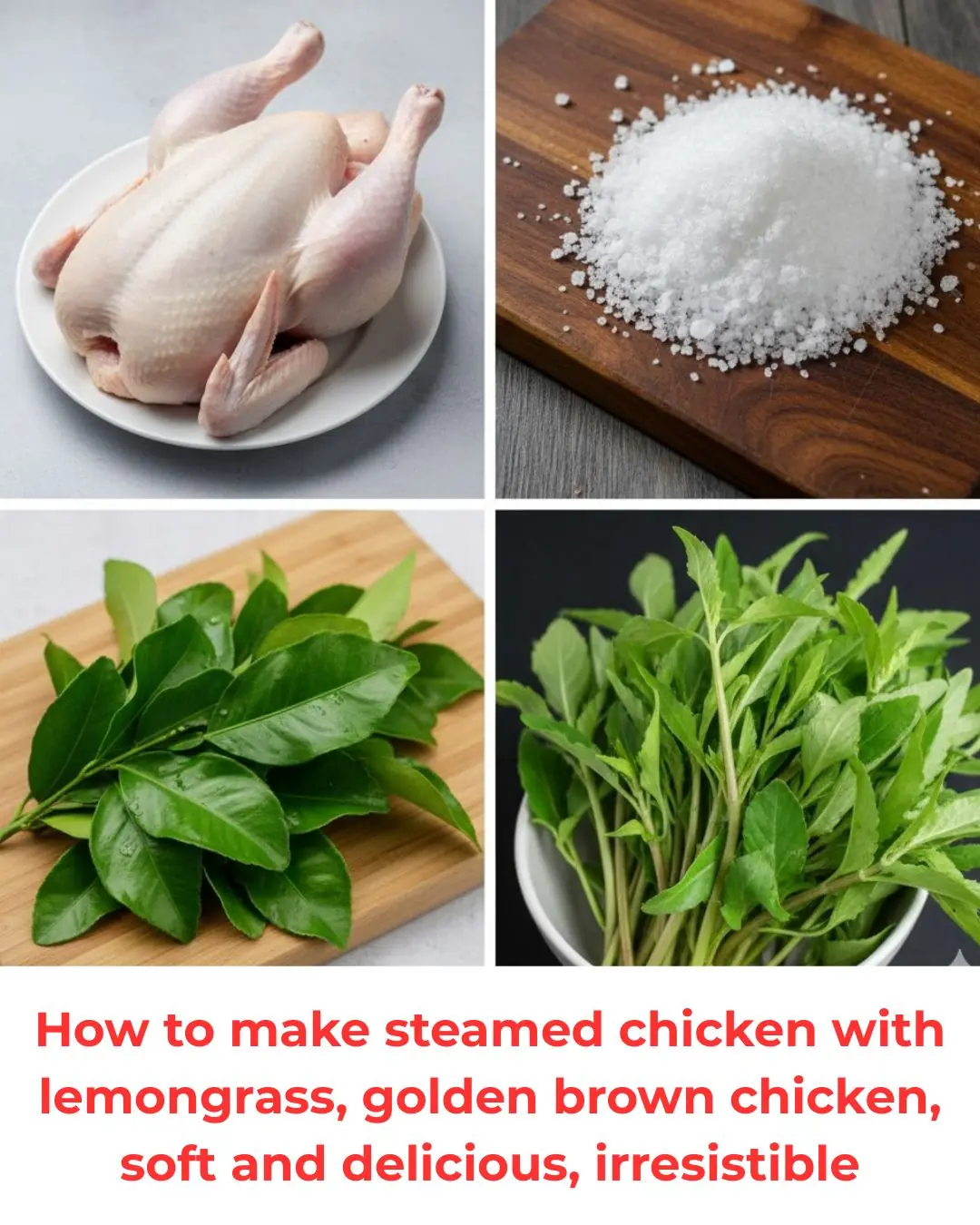
How to make steamed chicken with lemongrass, golden brown chicken, soft and delicious, irresistible

Simple tips to help reduce itching extremely quickly when bitten by mosquitoes and insects

How to wash and condition hair with rice water to reduce hair loss and help new hair grow continuously
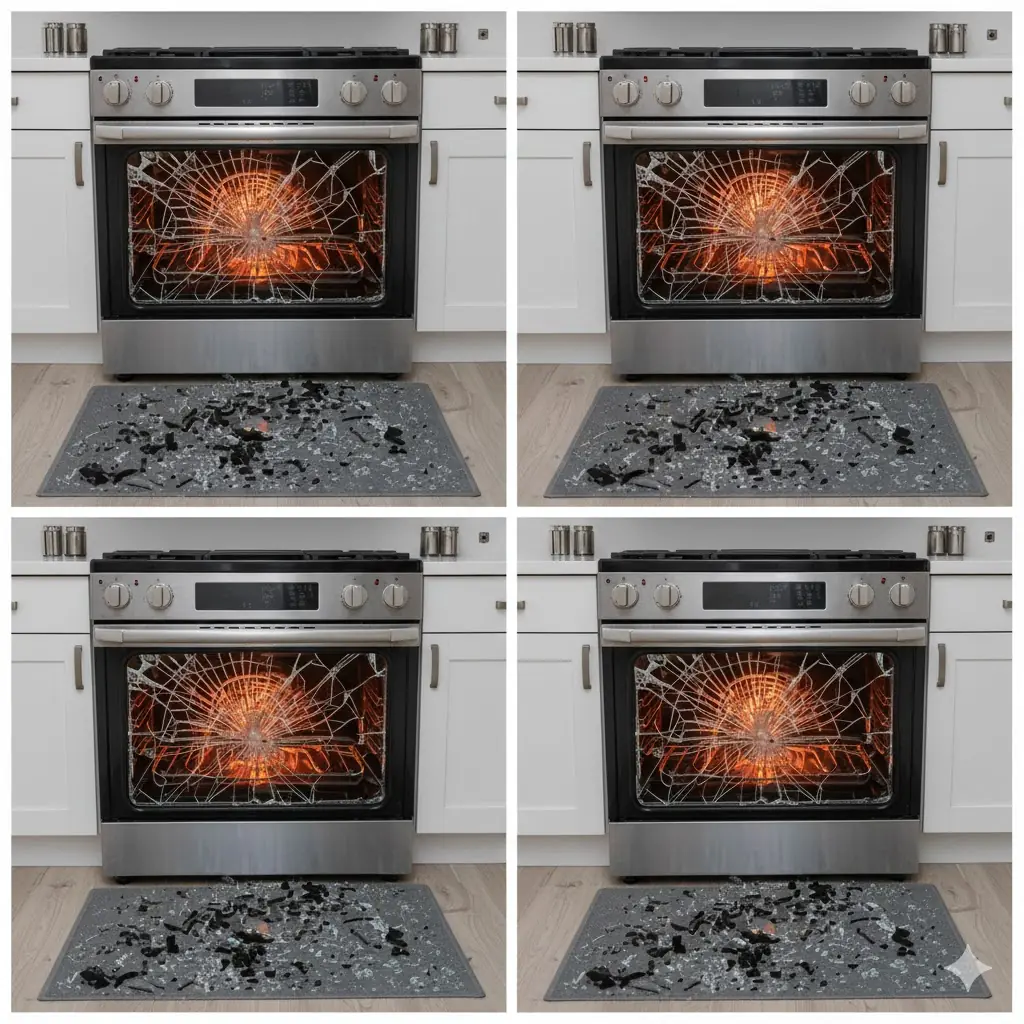
How Microscopic Glass Flaws Can Lead to Oven Door Breakage—and How to Prevent It

How to cook fish soup with vegetables, delicious and sweet in summer
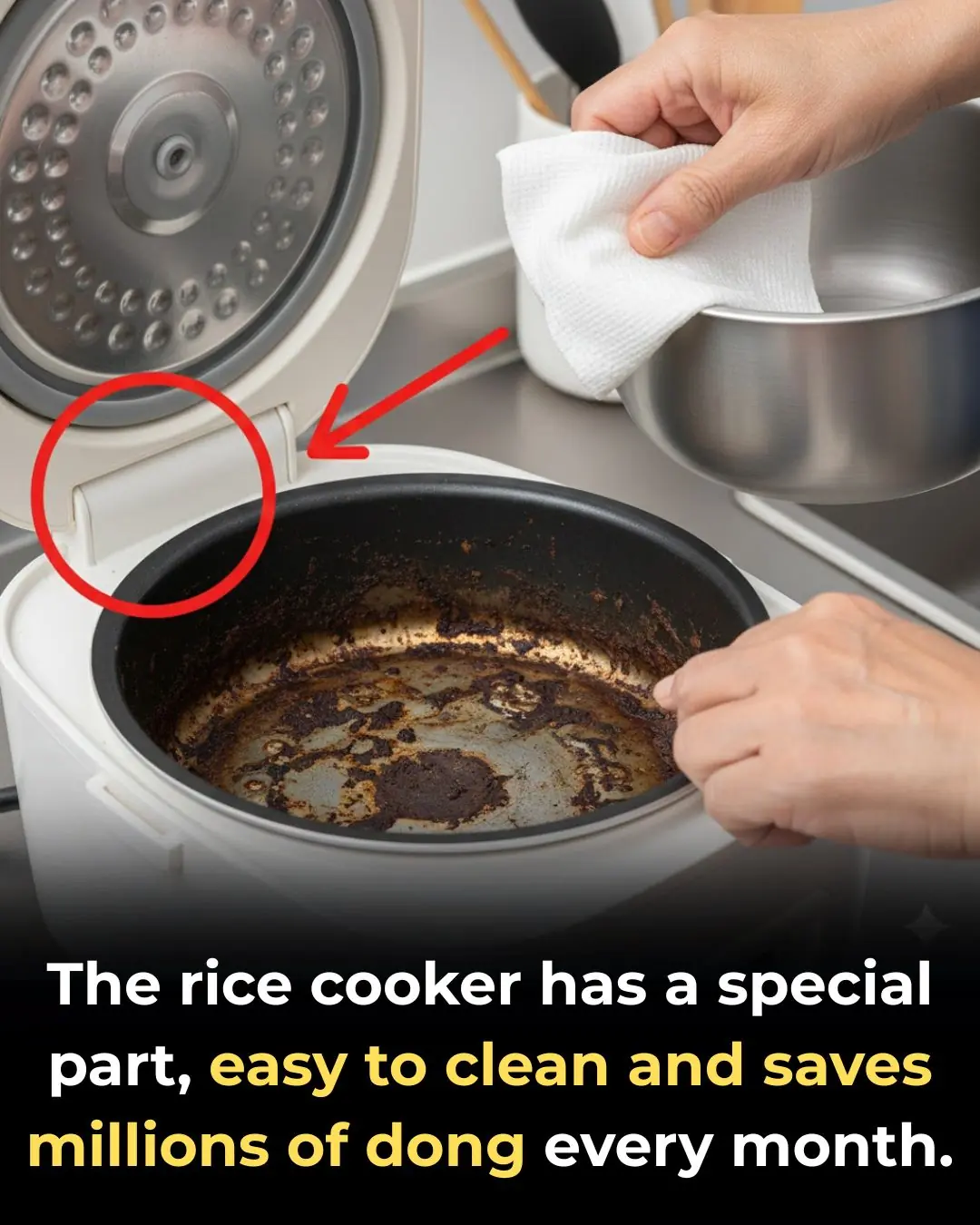
The rice cooker has a special part, easy to clean and saves millions of dong every month.

Turn on the electric fan on a hot summer day: Spray this and the room will be as cool as air conditioning.

How to boil eggs properly, no matter how big you want to eat them, it's easy to do
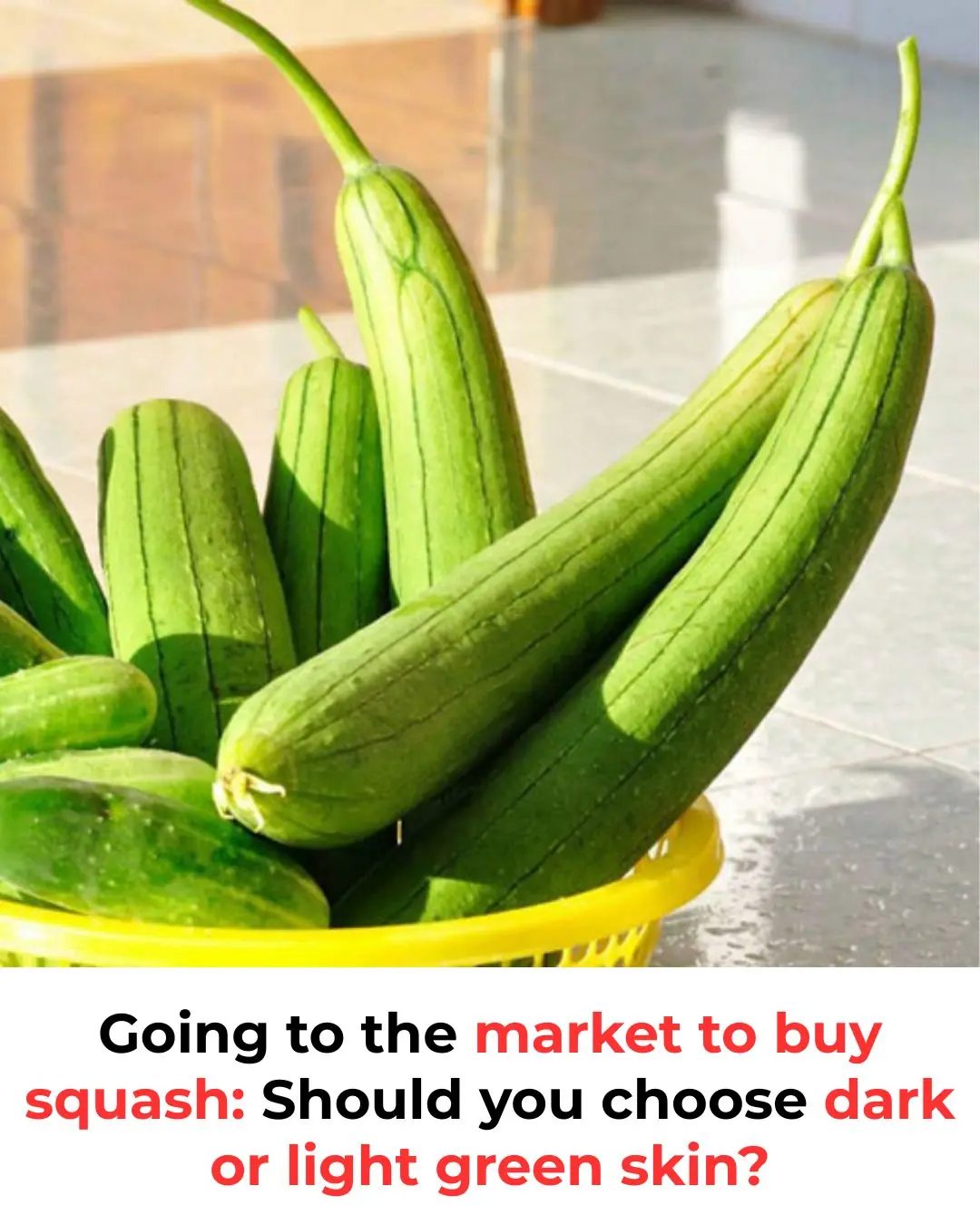
Going to the market to buy squash: Should you choose dark or light green skin?

What Happens When You Eat Chili Peppers Regularly
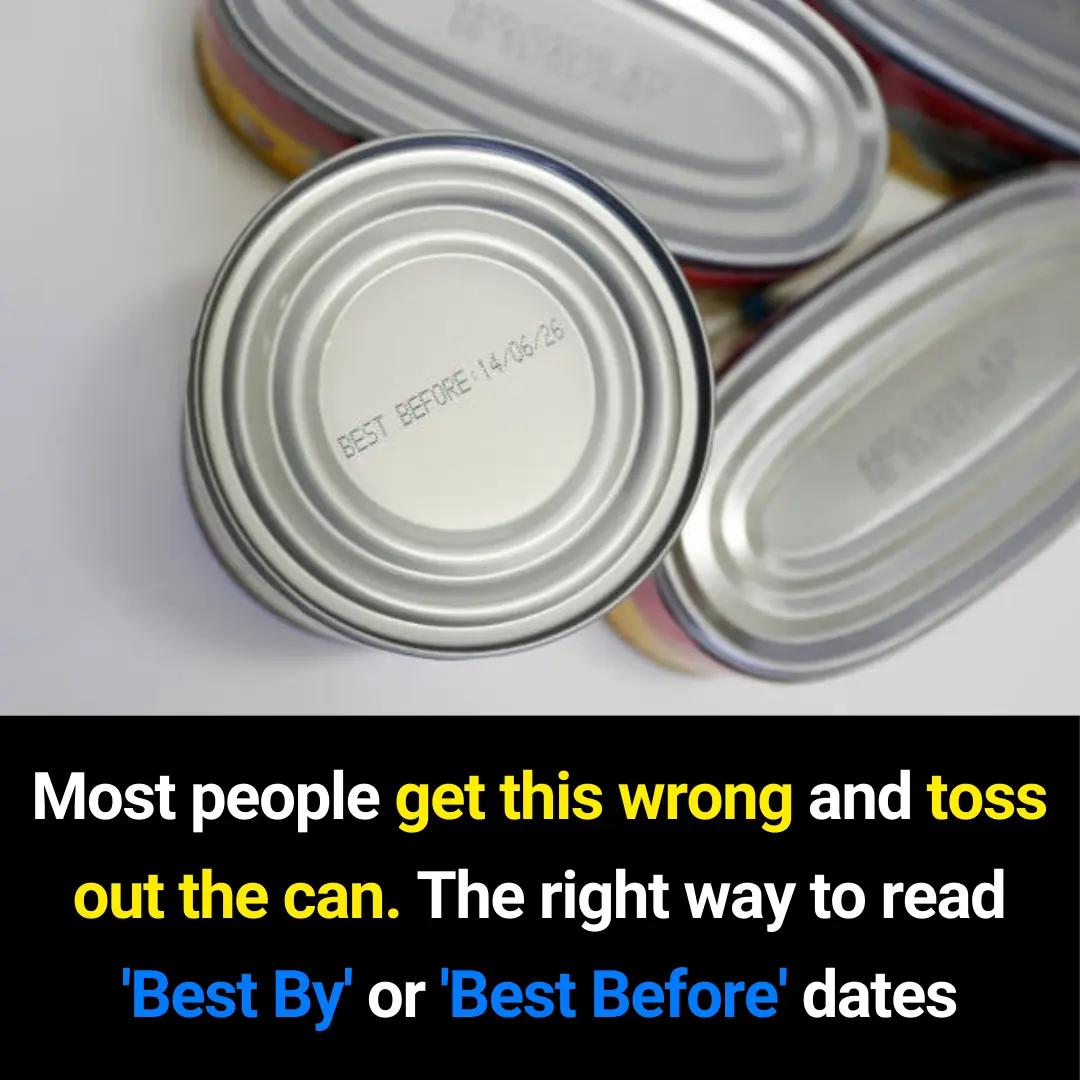
The Right Way to Read ‘Best By’ or ‘Best Before’ Dates — Most People Get This Wrong
News Post

Revolutionary Nanobodies Offer New Hope for Alzheimer’s and Parkinson’s Disease Treatment

Gray Wolves: The Remarkable Lifelong Bond Between Mates and Their Role in Pack Survival

Sebastian Errazuriz’s Robotic Dogs: A Satirical Commentary on Tech Billionaires and the NFT Market

Voyager Spacecraft: A 40-Year-Old Marvel of Engineering Exploring Interstellar Space

High-Dose Nifedipine Linked to Increased Risk of Sudden Cardiac Arrest, New Study Suggests

How the U.S. Escaped Hurricane Landfalls in 2025

Ancient Shark Fossils Unearthed in Mammoth Cave Rewrite 325 Million Years of Evolutionary History

Powerful Health Benefits of Pineapple You Should Know

How an Italian Police Lamborghini Huracán Helped Save Lives by Delivering Kidneys Across Italy

Can Spinal Screws Push Through the Skin? Understanding a Rare but Serious Post-Surgery Complication

Why the Tongue Is One of the Most Important Organs in the Human Body

What You Do First in This Scenario

The Surprising Health Benefits of Sleeping in a Cold Room

A 4-Minute, Zero-Effort Hack to Clean Grill Gunk – The Simple Trick My Nana Taught Me

High Blood Sugar Warning Signs

🥚 A Look at How Certain Boiled Egg Habits May Affect Your Heart Health

Small Steps, Big Impact: How 4,000 Steps a Day Can Transform Your Health

🌿 Clove Water Sitz Baths for Women: A Gentle Guide to Hygiene and Comfort

What Happens to Your Body When You Eat Canned Tuna Every Day
